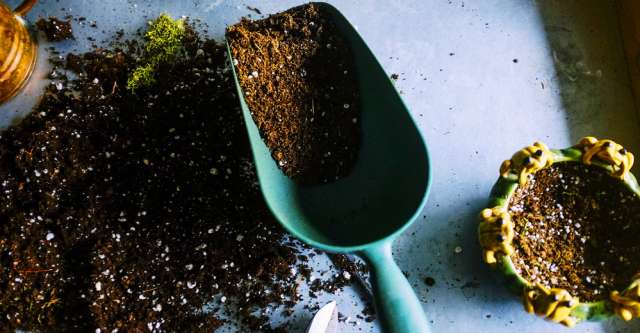Continuing on how container gardens benefit an individual by not having to depend on the weather, not being demanding on your physical needs, not having to be an expert, and not costing a lot, here are three more benefits of container gardening.
Not Just One Design
Once you’ve put plants into the soil in a traditional garden, if you change your mind about how they’re arranged, or there’s a problem with how they’re grouped, pulling up the plants can be a major undertaking. It can be physically and mentally draining. Sometimes, you won’t even realize that the garden isn’t working until a few days or weeks have passed. By that time, uprooting and rearranging the plants might kill the less hardy ones.
When you have a container garden, if something just isn’t working for you, you don’t have to do any major rearranging. You can just relocate the containers that the plants are in or get a different container in place of the one that you feel isn’t working for you.
You can even create a themed container garden using things like fairies or gnomes.
Because your garden will be in containers, you can create them to be year-round or you can switch them up to match special events such as having Easter lilies on a more prominent display or showcasing your holiday or hobby plants.
If you’re new to container gardening, you’re going to want to get plants that are known for their durability, because you may have a bit of a learning curve to get through in order to successfully grow the plants.
Container Tips
Before you design your container garden layout, you’ll need to decide which plants you’re going to buy. Plan how to group the plants that need more hours of sunlight together. You can put these in individual containers or together in one. Some people use stacked containers so that while the plants are grouped together, they’re not actually in the same pot.
Know ahead of time how much access to water your plant needs. Depending on the variety that you choose, some plants may need very little to survive.
It’s best to hide the watering instructions within the container somewhere out of sight so that you can check if you forget. But the best way to test whether or not the plants need to be watered is to push your finger below the top layer of soil.
If the leaves on the plants start to turn yellow, check for both over- or under-watering.
You’ll also need to check the soil every now and then. If the soil isn’t aerated enough, it becomes compact. When that happens, your plants don’t get the correct amount of air. You can easily aerate the soil by poking something into it such as a fork or use the tines on a gardening fork.
Common Mistakes
Once your container garden has been established, it can be easy to get used to them as is. But gardening is an ongoing hobby and your plants still need TLC in order to continue to thrive.
To be sure that your garden stays viable, you’ll want to avoid some common container gardening mistakes. Temperatures that are too hot or cold is one of the biggest mistakes that people make.
Before conditions become unfavorable for your plants, you’ll want to take action. If your containers are plastic and the temperatures are high outside, the roots of your plant are being exposed to even higher temperatures because of the plastic.
Another mistake is neglecting to deadhead flowering plants. You have to remove dead blooms in order for the plant to grow well. Not doing so impacts future blooms.
Choosing the right soil for the plants is important. One kind of soil doesn’t necessarily fit all the kinds of plants that you have. To save on costs, some people try to use regular outdoor soil just like they’d use for an outdoor garden, but that doesn’t work with container plants.
Garden soil has to be mixed to create an environment that’s healthy for your plants. A common mistake that some container gardeners make is not repotting the plants.
Some plants grow faster than others so you may find that you need to repot within a year or two depending on the plant
Container gardening is a great way to grow healthy food or beautiful plants for your entire family to enjoy. They’re cost-effective and are great space savers for those who want to foster a green thumb, but don’t have the area for a full garden.

